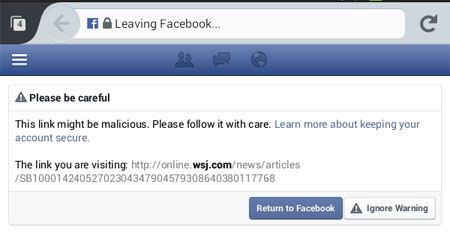
The first sign that things were changing on Facebook appeared a few weeks ago. There was a significant drop in reach for almost all of our clients. Reach is the metric provided in Facebook analytics that is supposed to show how much exposure a post receives. The drop happened on the same day immediately following algorithm changes.
Since then, we’ve tested a variety of strategies to see if the lost exposure could be regained. There were some gains but overall Facebook has become less effective as a marketing platform. Following the drop in reach, the question we received most often is, “why?” Here are the six top reasons we found:
- The Facebook algorithm change reduced exposure.
People will not respond if they don’t see the message. The basic algorithm change buried any messages seen as frivolous and reduced exposure of promotional posts that were not sponsored ads. The announcement that sponsored ads are going away in April is misleading. Sponsored ads are changing. They will still exist in a different format. The changes in April will not benefit companies that don’t participate in Facebook advertising.
- People are less active on Facebook.
Teens and young adults are leaving Facebook in droves. Older adults are still there but not as active as once before. There is been an activity shift where people who are active have increased activity while others have simply left the platform. If your fan base consists of people who rarely login to Facebook, your posts are not being seen.
- Facebook issues a warning when people using some mobile devices click links to go to another site.
Facebook is using the fear factor to keep people on the site. When users on some mobile devices click links to go to an outside site, they receive this message:
With all the concern about privacy and viruses, most people will not go forward when they receive the message that says, “This link might be malicious” from a trusted site. This message appears for every external link. It isn’t universal yet but I expect that it’s only a matter of time before this message is rolled out to every device.
- Tabs are invisible on mobile devices.
Tabs, the area within Facebook where companies can be creative using third-party applications, cannot be accessed using the mobile app. This is a huge issue for companies using sweepstakes and contests to acquire email addresses. According to Facebook’s recently released annual report, 78% of daily users access the site on mobile devices. - The call to action is weak.
Facebook functionality isn’t the only reason that response is down. In an effort to increase engagement, companies are posting without specific call to actions. If there isn’t a clear call to action, people will not respond.
- Your community doesn’t match your target market.
The challenge to grow a fan base to specific levels is often accomplished by acquiring people that don’t match the company’s target market. If this is the case, the best call to actions will not deliver a response.
Note: This post first appeared in our Multichannel Magic Newsletter. Use the form below to subscribe:
















